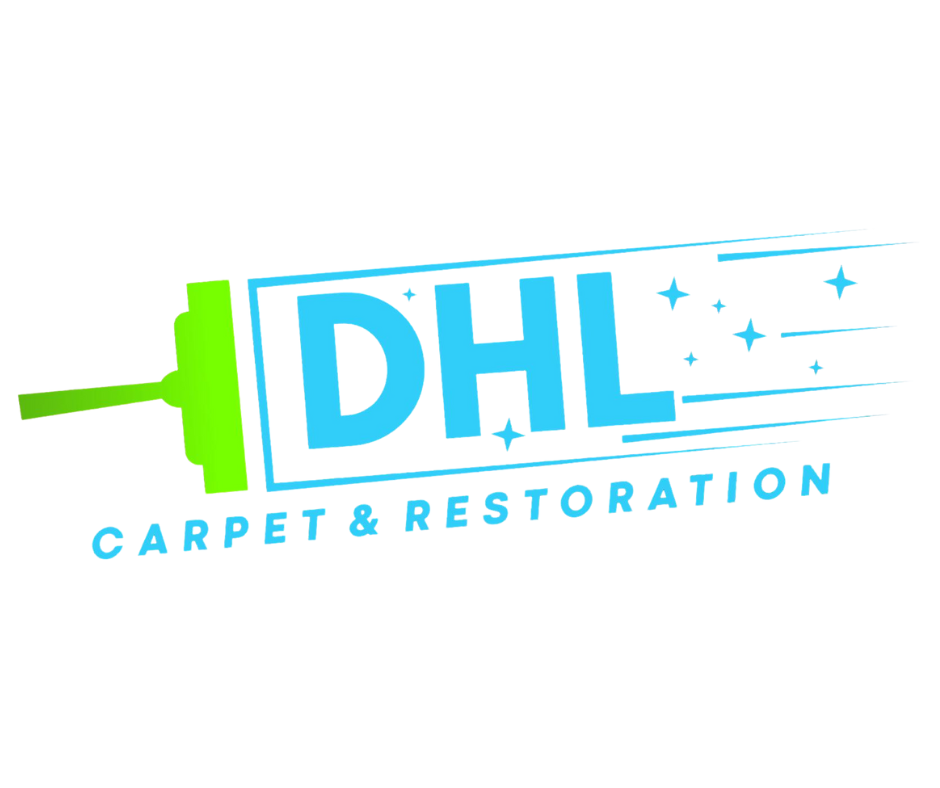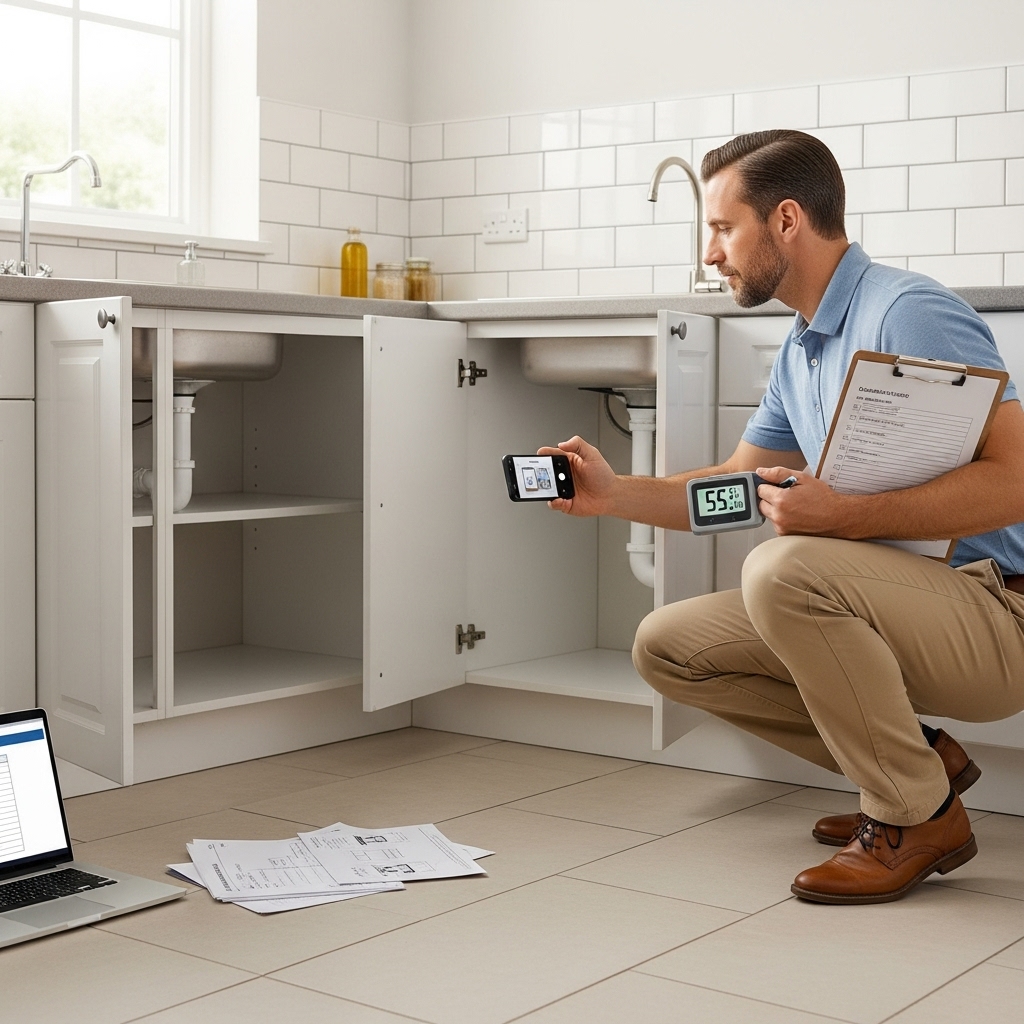Comprehensive Mold Inspection Checklist for New Jersey Properties
A dependable mold inspection checklist helps homeowners, renters, landlords, and property managers in New Jersey address moisture and indoor air quality issues proactively. This guide walks you room by room, system by system, highlighting the observations and measurements that matter most. If you need professional help conducting or verifying the results of your checklist, consider connecting with local mold inspection services to ensure nothing is overlooked.
The goal is to identify moisture sources first, then evaluate materials and indoor conditions. By approaching your home like a building scientist, you can prioritize fixes that prevent mold from recurring.
Exterior and Site Drainage
- Grading and slope: Soil should direct water away from the foundation. Look for low spots or negative grading.
- Gutters and downspouts: Confirm they are clean, intact, and discharge far from the house. Extensions may be needed.
- Roof condition: Scan for missing shingles, damaged flashing, and ponding areas.
- Siding and penetrations: Check around windows, doors, and utility lines for gaps or failed sealant.
- Deck and porch interfaces: Note any water staining or soft wood at ledger boards.
- Basement window wells: Verify covers and drainage are functioning to reduce infiltration.
Foundation, Basement, and Crawl Spaces
- Foundation walls: Look for efflorescence, cracks, or past water lines.
- Slab or floor: Identify damp spots, peeling paint, or musty odors.
- Sump and drainage: Ensure sump pumps and check valves work; note signs of backflow.
- Vapor barriers: In crawl spaces, check for intact ground vapor barriers and proper sealing at edges.
- Insulation: Inspect for damp or compressed insulation, especially near rim joists.
- Ventilation: Assess whether crawl spaces are vented or sealed and if dehumidification is needed.
Attic and Roof Assembly
- Ventilation balance: Review soffit and ridge vents for clear airflow; blocked soffits can cause condensation.
- Bath and kitchen fans: Confirm they exhaust outdoors, not into the attic.
- Roof sheathing: Look for discoloration or spotting consistent with past condensation.
- Air leaks: Seal around light fixtures, chimneys, and access hatches to prevent warm air from entering cold attics.
Interior Rooms: Bathrooms, Kitchens, and Laundry
- Exhaust ventilation: Fans should be ducted outdoors and sufficiently powerful; verify regular use.
- Plumbing: Check under sinks, behind toilets, around tubs, and near dishwashers for leaks.
- Grout and caulk: Note gaps or deterioration that allow water intrusion.
- Appliances: Inspect washing machine hoses, drain pans, and dryer venting to the exterior.
- Humidity: Bathrooms and laundry rooms often run humid; spot-check with a hygrometer if available.
Living Areas, Bedrooms, and Closets
- Walls and ceilings: Look for stains, bubbling paint, or bulges indicating hidden moisture.
- Windows: Condensation between panes or on sashes suggests humidity or failed seals.
- Flooring: Check carpeted areas near exterior walls, doors, or bathrooms for dampness.
- Furniture placement: Items pressed against exterior walls can trap moisture and limit airflow.
- Closets: Musty odors in closets, especially on exterior walls, may signal humidity or airflow issues.
Heating, Cooling, and Ventilation (HVAC)
- Air filters: Replace regularly; clogged filters stress systems and can reduce air quality.
- Coils and drain pans: Dirty coils or clogged condensate drains lead to moisture buildup.
- Ductwork: Inspect for dust accumulation and condensation; poorly insulated ducts in unconditioned spaces can sweat.
- Humidifiers and dehumidifiers: Verify proper settings and maintenance.
Moisture and Temperature Measurements
- Moisture meter readings: Spot-check suspect materials; consistent readings above normal warrant investigation.
- Infrared scanning: Thermal patterns can reveal hidden leaks or insulation gaps.
- Relative humidity (RH): Maintain indoor RH typically between about 30% and 50% depending on season and comfort.
Odors, Visual Growth, and Dust
- Odors: Musty smells often correlate with dampness; track timing and location.
- Visible growth: Note color, texture, and extent; remember any mold suggests moisture.
- Dust patterns: Accumulation near supply registers or returns may reflect airflow imbalances.
Sampling Considerations
Sampling should be purposeful and guided by the visual and moisture findings. Air samples help evaluate indoor air compared to outdoor baselines. Surface samples identify the types of mold present on materials, which is useful for remediation decisions. In some cases, wall-cavity air samples are helpful when the problem is concealed.
Documentation and Photos
- Photograph each area of concern and label by room.
- Record moisture readings and RH with dates and times.
- Keep notes on weather conditions during the inspection; storms or high humidity may skew results.
- Compile a list of recommended corrections and prioritize by urgency.
Special Notes for Rentals
Tenants should document concerns promptly and notify landlords in writing. Landlords should respond quickly and arrange an inspection when warranted. Clear communication prevents misunderstandings and promotes timely repairs. Move-in and move-out checklists reduce disputes, and routine seasonal checks—especially in basements and bathrooms—help keep units in good condition.
Shore Homes and Seasonal Properties
- Storm follow-up: Inspect after major coastal storms for wind-driven rain intrusion.
- Off-season ventilation: Consider controlled ventilation or dehumidification during vacancy.
- Elevated structures: Review the underside sheathing and framing for signs of moisture.
- Salt and corrosion: Check fasteners and flashing; deterioration can compromise water tightness.
When to Call a Professional
If the checklist reveals recurring dampness, widespread staining, or health concerns among occupants, it is wise to bring in a professional. An inspector can verify root causes, recommend targeted sampling, and translate findings into an action plan. Reviewing established mold inspection services can help you benchmark processes and reporting quality before you schedule.
Inspection Workflow You Can Follow
- Walk the exterior and roofline from the ground first, noting drainage and flashing.
- Check the basement or crawl space for moisture history and current conditions.
- Move systematically through living areas, kitchens, and baths, recording issues.
- Assess the attic last to correlate interior observations with roof-side indicators.
- Decide whether sampling is warranted; if so, plan locations based on findings.
- Compile a clear, prioritized action list with moisture correction as step one.
Maintenance Habits That Prevent Mold
- Run bath fans during and after showers, and use range hoods while cooking.
- Keep indoor RH within a healthy range using dehumidifiers as needed.
- Maintain gutters, downspouts, and grading for effective drainage.
- Fix leaks immediately; even small drips cause major problems over time.
- Service HVAC systems regularly and replace filters on schedule.
Frequently Asked Questions
Q: Is a checklist enough without hiring an inspector?
A: A checklist is a strong starting point, but a professional brings diagnostic tools, context, and experience that can uncover issues you might miss and translate findings into a remediation plan.
Q: Should I perform air sampling myself?
A: DIY sampling rarely provides useful context. Professional sampling is guided by visual and moisture data and pairs results with building science to drive decisions.
Q: How often should rentals be inspected?
A: Perform a seasonal review and a thorough inspection at each tenant turnover. Respond to reported issues promptly to prevent minor moisture problems from escalating.
Q: My attic boards look stained—do I need remediation?
A: Not always. Attic staining is often tied to condensation. Improving ventilation and air sealing may be the primary fix. An inspector can advise on whether cleaning is also recommended.
Q: What if I only notice odors in summer?
A: Seasonal humidity can trigger odors. Track when and where smells occur and evaluate ventilation, drainage, and dehumidification settings during those periods.
Putting Your Checklist to Work
The power of a checklist lies in consistent use and follow-through. Document what you find, prioritize moisture fixes, and track improvements over time. When you need support interpreting results or designing a testing plan, reach out to trusted mold inspection services to confirm your next steps and schedule a focused site visit.

